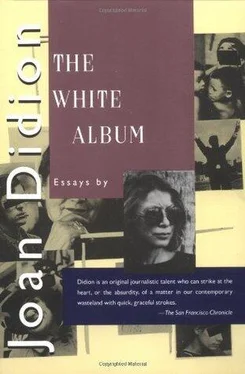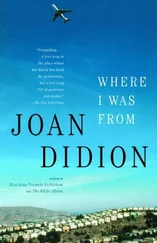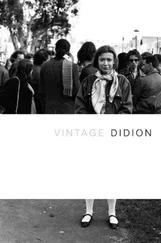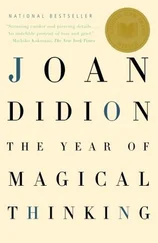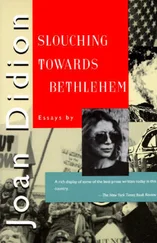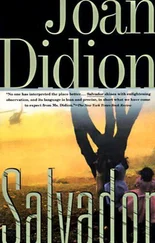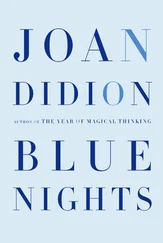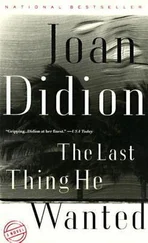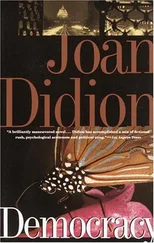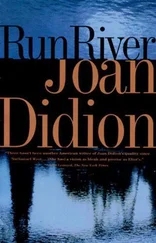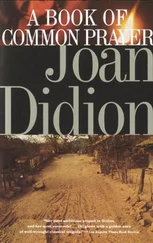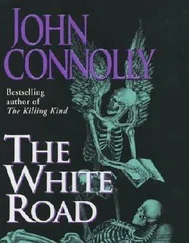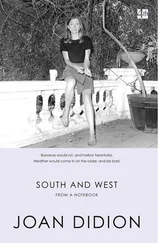In El Tiempo that morning I had read that General Gustavo Rojas Pinilla, who took over Colombia in a military coup in 1953 and closed down the press before he was overthrown in 1957, was launching a new bid for power on a Peronist platform, and I had thought that perhaps people at the party would be talking about that, but they were not. Why had the American film industry not made films about the Vietnam War, was what the Colombian stringer for the Caribbean newspaper wanted to talk about. The young Colombian filmmakers looked at him incredulously.
“What would be the point,” one finally shrugged. “They run that war on television.”
The filmmakers had lived in New York, spoke of Rip Torn, Norman Mailer, Ricky Leacock, Super 8. One had come to the party in a stovepipe preachers hat; another in a violet macramé shawl to the knees. The girl with them, a famous beauty from the coast, wore a flamingo-pink sequined midriff, and her pale red hair was fluffed around her head in an electric halo. She watched the cumbia dancers and fondled a baby ocelot and remained impassive both to the possibility of General Gustavo Rojas Pinilla’s comeback and to the question of why the American film industry had not made films about the Vietnam War. Later, outside the gate, the filmmakers lit thick marijuana cigarettes in view of the uniformed policia and asked if I knew Paul Morrissey’s and Andy Warhol’s address in Rome. The girl from the coast cradled her ocelot against the wind.
Of the time I spent in Bogotá I remember mainly images, indelible but difficult to connect. I remember the walls on the second floor of the Museo Nacional, white and cool and lined with portraits of the presidents of Colombia, a great many presidents. I remember the emeralds in shop windows, lying casually in trays, all of them oddly pale at the center, somehow watered, cold at the very heart where one expects the fire. I asked the price of one: “Twenty-thousand American,” the woman said. She was reading a booklet called Horoscopo: Sagitario and did not look up. I remember walking across Plaza Bolivar, the great square from which all Colombian power emanates, at mid-afternoon when men in dark European suits stood talking on the steps of the Capitol and the mountains floated all around, their perspective! made fluid by sun and shadow; I remember the way the mountains dwarfed a deserted Ferris wheel in the Parque Nacional in late afternoon.
In fact the mountains loom behind every image I remember, and perhaps are themselves the connection. Some afternoons I would drive out along their talus slopes through the Chico district, out Carrera 7 where the grounds of the great houses were immaculately clipped and the gates bore brass plaques with the names of European embassies and American foundations and Argentinian neurologists. I recall stopping in El Chico to make a telephone call one day, from a small shopping center off Carrera 7; the shopping center adjoined a church where a funeral mass had just taken place. The mourners were leaving the church, talking on the street, the women, most of them, in black pantsuits and violet-tinted glasses and pleated silk dresses and Givenchy coats that had not been bought in Bogotá. In El Chico it did not seem so far to Paris or New York, but there remained the mountains, and beyond the mountains that dense world described by Gabriel Garcia Marquez as so recent that many things lacked names.
And even just a little farther, out where Carrera 7 became the Carretera Central del Norte, the rutted road that plunged through the mountains to Tunja and eventually to Caracas, it was in many ways a perpetual frontier, vertiginous in its extremes. Rickety buses hurded dizzyingly down the center of the road, swerving now and then to pick up a laborer, to avoid a pothole or a pack of children. Back from the road stretched large haciendas, their immense main houses barely visible in the folds of the slopes, their stone walls splashed occasionally with red paint, crude representations of the hammer and sickle and admonitions to vote comunista. One day when I was out there a cloud burst, and because my rented car with 110,000 miles on it had no windshield wipers, I stopped by the side of the road. Rain streamed over the mesa Arizona westwood warriors and go tide decals on the car windows. Gullies formed on the road. Up in the high gravel quarries men worked on, picking with shovels at the Andes for twelve and a half pesos a load.
Through another of our cities without a center, as hideous
as Los Angeles, and with as many cars
per head, and past the 20-foot neon sign
for Coppertone on a church, past the population
earning $700 per capita
in jerry skyscraper living-slabs, and on to the White House
of El Presidente Leoni, his small men with 18-
inch repeating pistols, firing 45 bullets a minute,
the two armed guards petrified beside us, while we had
champagne,
and someone bugging the President: “Where are the girls?”
And the enclosed leader, quite a fellow, saying,
“I don’t know where yours are, but I know where to find mine.” …
This house, this pioneer democracy, built
on foundations, not of rock, but blood as hard as rock.
— Robert Lowell, “Caracas”
There is one more image I remember, and it comes in two parts. First there was the mine. Tunneled into a mountain in Zipaquirá, fifty kilometers north of Bogotá, is a salt mine. This single mine produces, each year, enough salt for all of South America, and has done so since before Europeans knew the continent existed: salt, not gold, was the economic basis of the Chibcha Empire, and Zipaquirá one of its capitals. The mine is vast, its air oppressive. I happened to be inside the mine because inside the mine there is, carved into the mountain 450 feet below the surface, a cathedral in which 10,000 people can hear mass at the same time. Fourteen massive stone pilasters support the vault. Recessed fluorescent tubes illuminate the Stations of the Cross, the dense air absorbing and dimming the light unsteadily. One could think of Chibcha sacrifices here, of the conquistador priests struggling to superimpose the European mass on the screams of the slaughtered children.
But one would be wrong. The building of this enigmatic excavation in the salt mountain was undertaken not by the Chibcha but by the Banco de la Republica, in 1954. In 1954 General Gustavo Rojas Pinilla and his colonels were running Colombia, and the country was wrenched by La Violencia, the fifteen years of anarchy that followed the assassination of Jorge Gaitan in Bogotá in 1948. In 1954 people were fleeing the terrorized countryside to squat in shacks in the comparative safety of Bogotá. In 1954 Colombia still had few public works projects, no transportation to speak of: Bogotá would not be connected by rail with the Caribbean until 1961. As I stood in the dim mountain reading the Banco de la Republica’s dedicatory plaque, 1954 seemed to me an extraordinary year to have hit on the notion of building a cathedral of salt, but the Colombians to whom I mentioned it only shrugged.
* * *
The second part of the image. I had come up from the mine and was having lunch on the side of the salt mountain, in the chilly dining room of the Hosteria del Libertador. There were heavy draperies that gave off a faint muskiness when touched. There were white brocade tablecloths, carefully darned. For every stalk of blanched asparagus served, there appeared another battery of silverplated flatware and platters and vinaigrette sauceboats, and also another battery of “waiters”: httle boys, twelve or thirteen years old, dressed in tailcoats and white gloves and taught to serve as if this small inn on an Andean precipice were Vienna under the Hapsburgs.
Читать дальше
